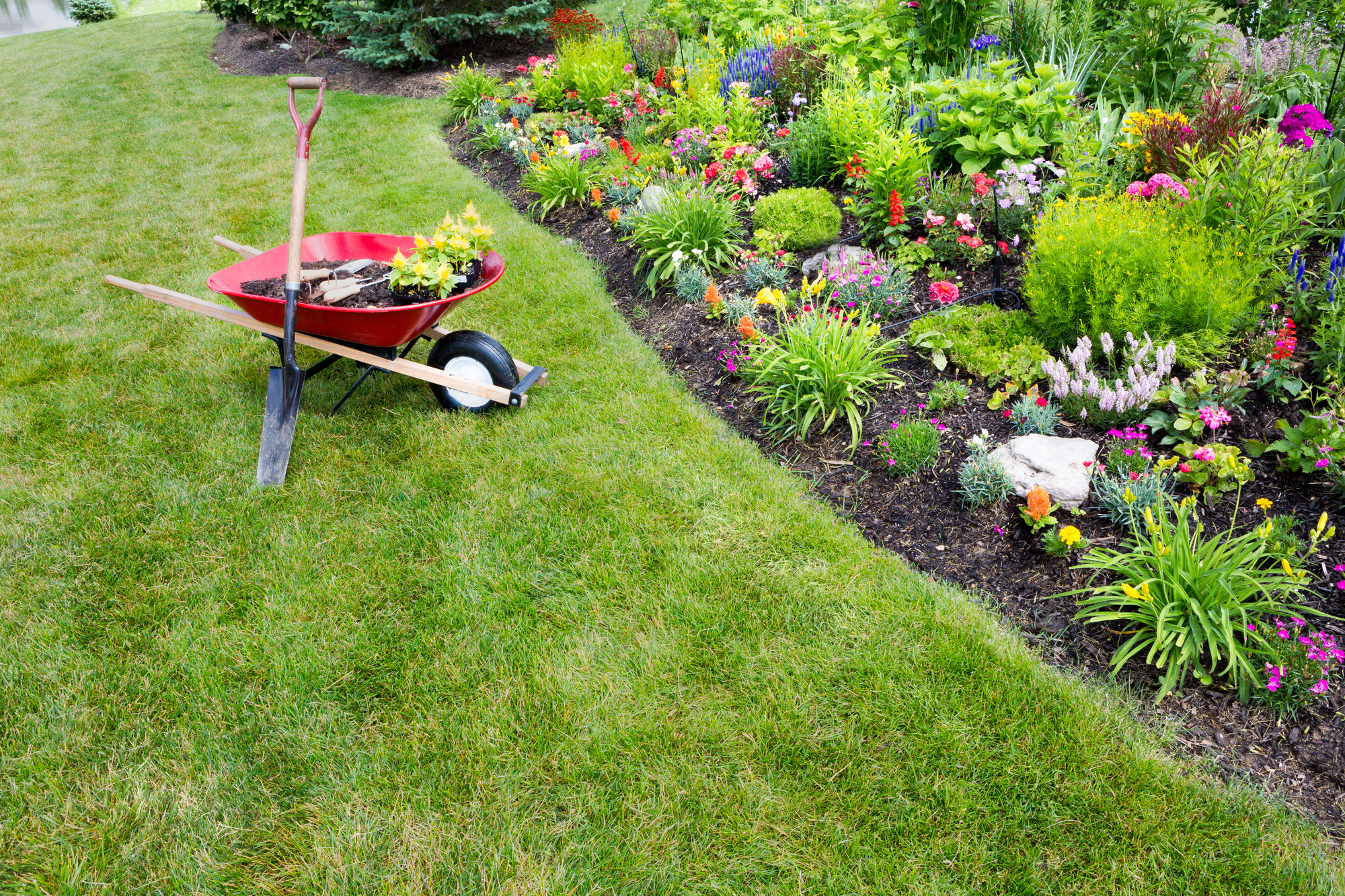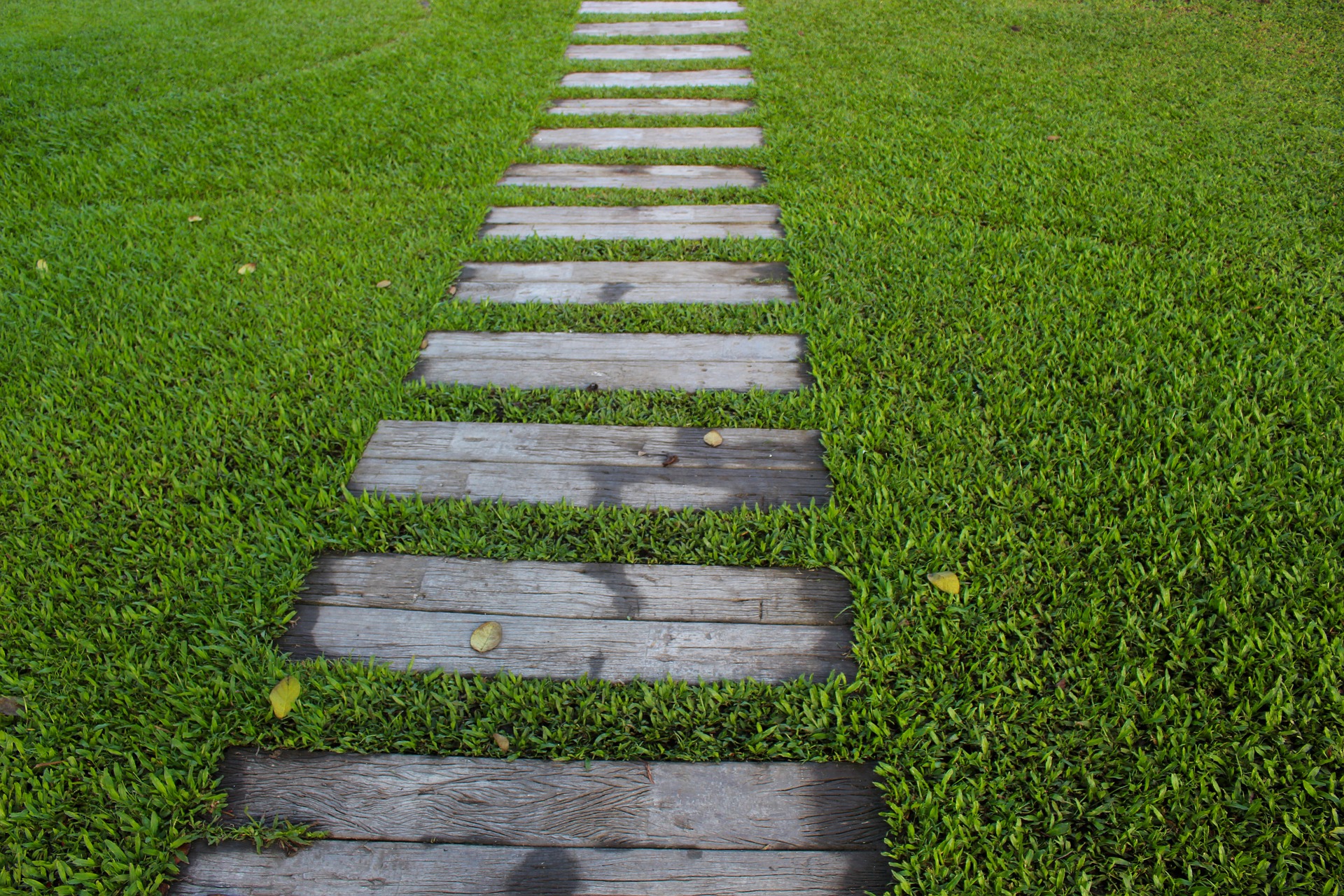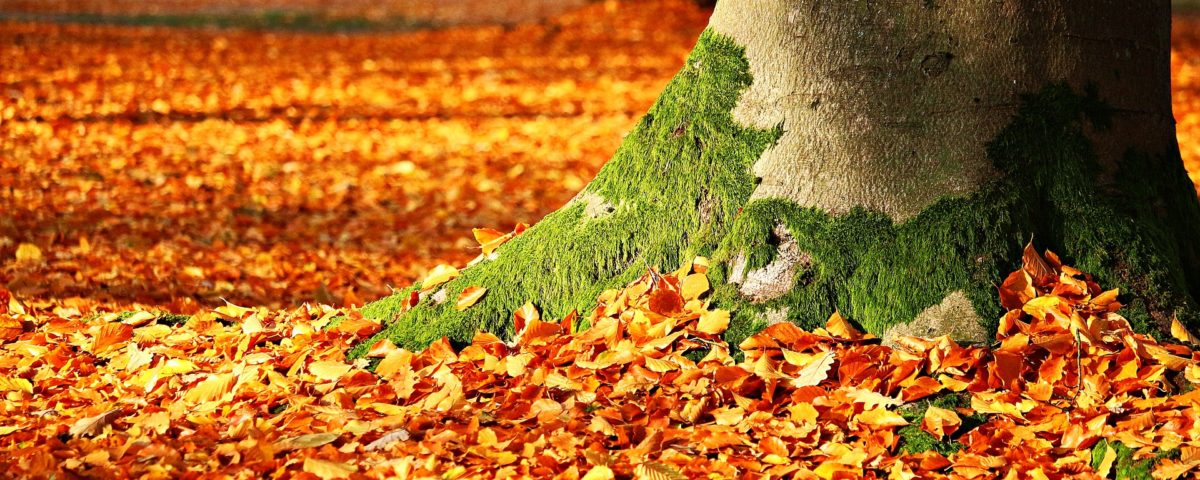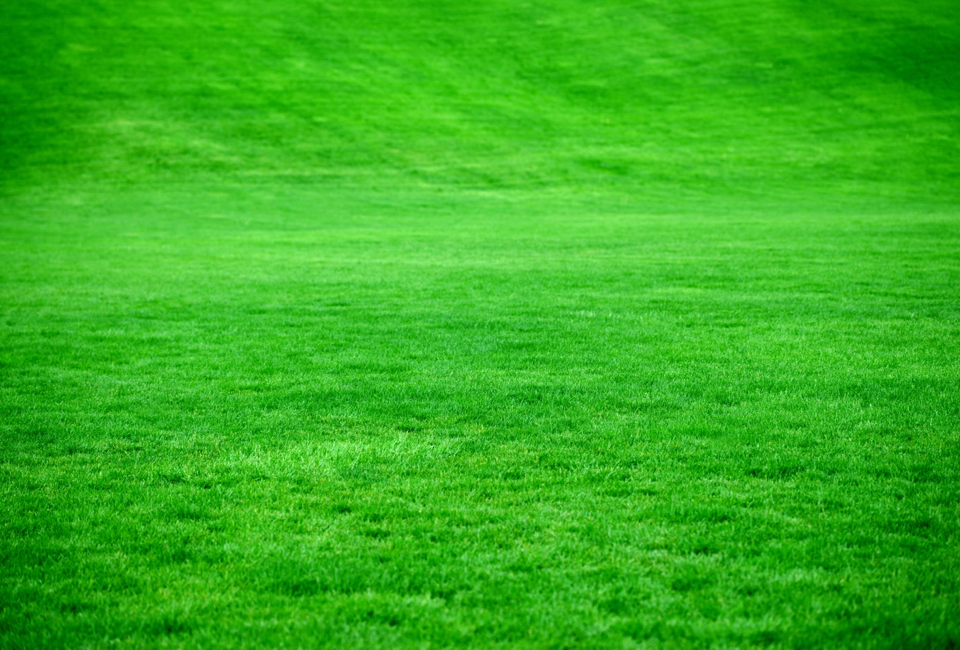
Why Do pH Levels Matter in Landscaping?
October 16, 2020
5 Backyard Landscaping Tips to Improve Your Outdoor Space
December 30, 2020As the weather changes with every passing season, landscapers are presented with different challenges to overcome and conditions to adjust to. This is especially true when the weather starts cooling off after the spring. While you might be tempted to sit back and relax during the fall season, it’s important to keep up with some of the most basic landscaping maintenance activities so that your property can come back strong after the winter. One of the biggest pain points for landscapers during the fall is keeping up with all of the fallen leaves on their properties.
Fallen leaves are a nuisance because they make your property look messy and unorganized. They can also lead to serious problems if you let them pile up and get out of hand. For example, your lawn will have a higher chance of being exposed to pests and plant diseases if you let layer upon layer of leaves to fall. Wet and slippery leaves can also present safety risks on your property and contribute to permanent lawn damage if you aren’t careful. That’s why it’s so important to deal with fallen leaves the right way. We’ve put together a quick list of smart tips for dealing with fallen leaves below so that you know exactly how to approach your landscape maintenance in the fall.
This article is brought to you by Cal Blend Soils, the leading supplier of landscaping products in California. Reach out to Cal Blend Soils today if you are interested in purchasing the best products to help you achieve all of your landscaping goals.
Tip 1 – Create Compost
The sheer amount of leaves that end up falling on your property can be overwhelming, to say the least. For many landscapers, there are so many leaves that they don’t know what to do with them all. However, there’s actually a smart way you can use the fallen leaves to your advantage. By using fallen leaves to make compost, you can create your own landscaping tool that will help encourage growth in your gardens and plant beds.
You will need to designate a compost bin that you will put the fallen leaves in to create the compost. Make sure they are moist but not totally soaked and mix them with green materials. Once a month, let some air in to circulate the compost. Eventually, you will end up with a thick black compost that you can use all over your landscaping to add nutrients to your plants.
Tip 2 – Use the Right Tools
While it is definitely tempting to simply skip the fall leaf cleanup, this can lead to disastrous results for your landscaping later on down the road. Instead, make sure you equip yourself with the right tools and head outside at regular intervals to pick up the fallen leaves. We all know how important it is to have the right equipment, which is why investing in a solid rake is a smart decision.
You can also consider buying a tarp to drag the leaves out of your yard after you have raked and collected them. There are also special bags you can buy specifically made for collecting leaves. You can even equip your mower with a bag so that you can shred the leaves as you ride over them. Finding the right tools to help you deal with fallen leaves is absolutely the right idea.
Tip 3 – Consider Gutter Guards
One of the things that many landscapers overlook when it comes to leaf cleanup is the gutters surrounding their house. Gutters always play an important role in directing water away from your house so that your roof holds up well for years. The problem for many landscapers and homeowners is that gutters are very prone to get clogged with leaves during the fall. That’s why you might want to consider adding gutter guards.
A gutter guard will cover all of the gutters except for a narrow area that allows water to get through. The idea is that the gutter guard will block debris and leaves from dropping into your gutters. They can make your life a lot easier from a landscape maintenance perspective, especially during the fall months. This is a smart way to deal with fallen leaves, especially if you are a homeowner with a large house.
Tip 4 – Buy a Mulching Mower
If you are looking for one of the best ways to deal with fallen leaves, look no further than a mulching mower. This is a special lawnmower that is designed to shred fallen leaves that have settled onto your lawn. As you ride over the fallen leaves on your grass, the leaves are turned into tiny little flakes that will decompose into a natural fertilizer over time. This tool can make things a lot easier, especially if you have a large front or back yard.
Keep in mind that you will need to ride over certain areas several times to ensure that all of the leaves have been chopped up completely. With that said, a mulching mower is a solid option for landscapers that are looking for convenience and utility.
Tip 5 – Keep the Weather in Mind
After you decide that you are committed to picking up the fallen leaves on your property, you need to figure out the right time to handle the task. It’s important to keep the weather in mind before you head outside to get to work. The best time for raking leaves occurs on a dry and cool day. It will make it easier to collect fallen leaves when you have dry conditions.
Try to avoid raking when the weather is windy or when rain is on the horizon. If you are raking when it rains, the leaves will be clumped together and heavy, making it a lot more difficult to deal with them.
Final Thoughts
Handling fallen leaves is a rite of passage for every successful landscaper. Hopefully, the tips mentioned above help to make your life easier this fall as you strive to keep your landscaping looking great!


